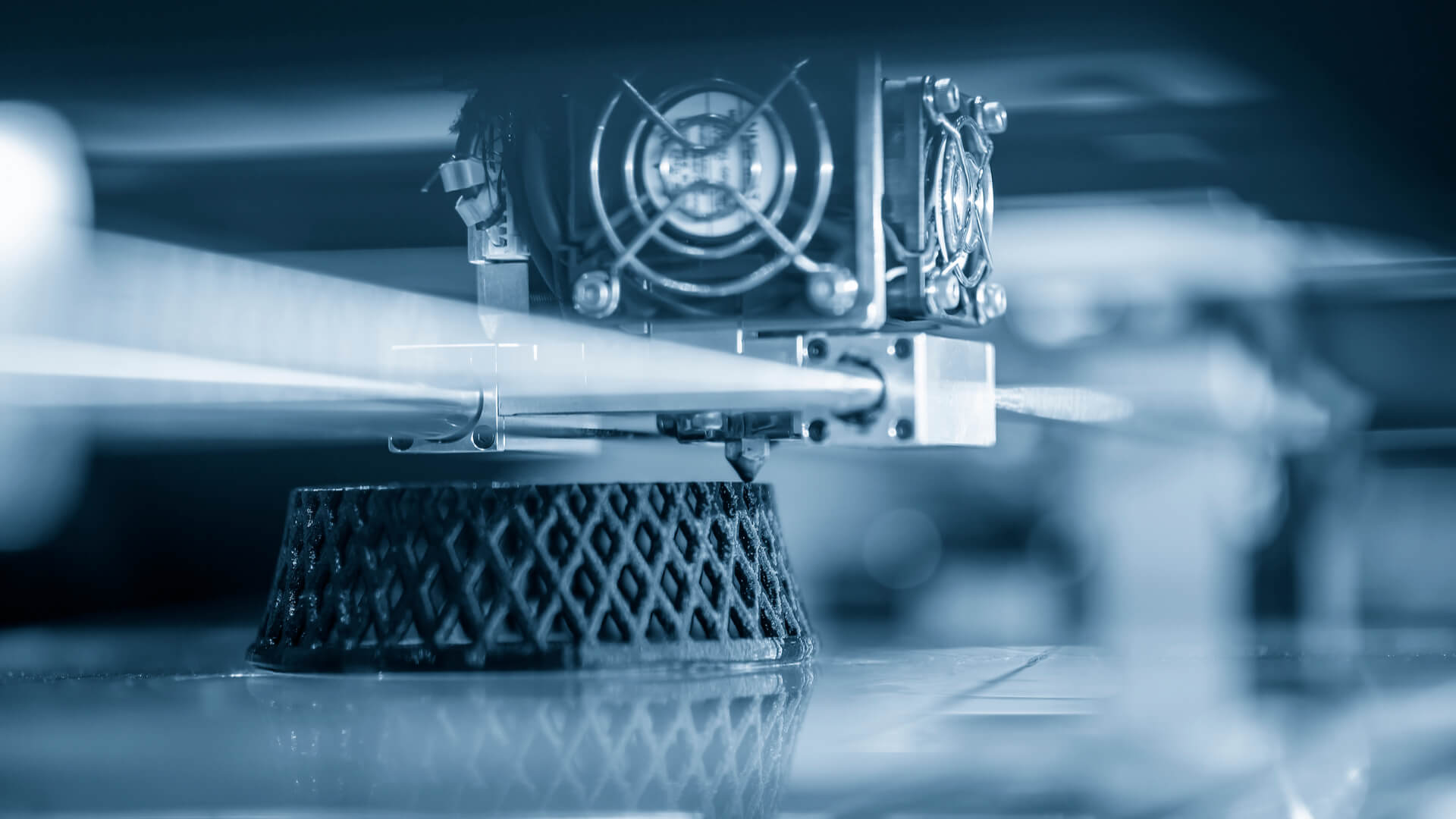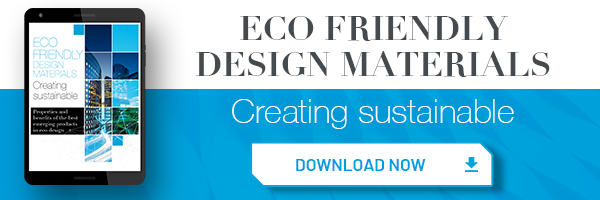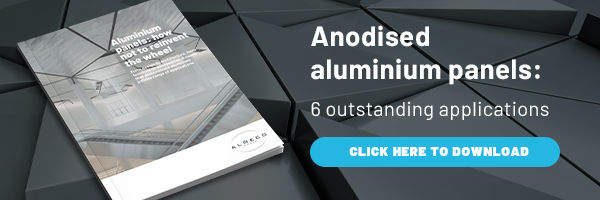Speeding up the product development process and allowing customers to see and test firsthand the prototype before mass production: these are some of the advantages of using 3D prototype in the production of aluminium solutions.
Always looking for innovative solutions to best meet customers’ needs, Almeco has been using 3D printer since 2014. The use of this technology, combined with Almeco’s extensive knowledge of aluminium, allows the company to speed up all the steps of the product development process and to improve its tailored approach even further.
From the development of reflector components to interior decor: thanks to the flexibility enabled by this technology, 3D prototype has numerous applications within Almeco’s portfolio.
3D prototype for reflectors
The 3D printer makes it possible to replicate small objects or components (such as cob holder) and is therefore widely used in prototyping reflectors. For example, a 3D prototype can be used to check joints between the various components or to analyse material coupling.
The prototype allows Almeco’s team and customers to inspect the product before moving on to large batch production. It thus enables all the necessary tests to achieve a product with the desired characteristics, reducing time and costs associated with the testing process.
In over 60 years of experience in aluminium reflectors production, Almeco has developed reflectors suitable for a wide variety of applications, such as:
- reflectors for industrial or commercial use
- office use
- urban decor
- sports facilities
- street lighting
- floodlights and spotlights
- retrofit lighting systems
- reflective blinds
- daylighting systems
- light pipes
3D prototype for the automotive industry
Due to the advantages 3D prototype brings to all stages of product development, it is widely used in the automotive industry, where aluminium is particularly appreciated.
In fact, combined with silicon and magnesium, aluminium is the choice of many in this industry for its ability to withstand harsh conditions. Also, aluminium is a sustainable material, and therefore allows manufacturers to reduce the environmental impact of their processes and products.
In addition, aluminium is an extremely malleable metal, which makes it suitable for developing creative and elegant-looking solutions. In the automotive industry, it is used for trim elements, door and dashboard frames, emblems.
3D prototype for interior design elements
The malleability of aluminium and the wide range of colours and finishes available also make this metal an ideal choice for decorative applications. In interior design, aluminium is used for furniture and decorative elements. Although the dimensions with which a 3D prototype can be made are limited, it is possible to use the technology for prototyping small furniture elements, such as handles or small decorative objects.
Here too, the prototype allows customers to assess how the element fits into the environment and to choose the solution that best suits their needs.
Applications in consumer electronics
Similarly, 3D prototype can be useful in the consumer electronics industry. An industry that has taken an interest in this material only recently, but to whose needs Almeco’s professionals are more than prepared to respond.
Over the years, the company has developed a portfolio of solutions for this market, including supports of printed circuit boards for LEDs, shells, thermal dissipation elements, end caps of fluorescent tubes, signs, and frames.
One technology for many applications
These are just a few cases in which Almeco can use 3D prototype to speed up and optimise product development and to offer its customers an even better experience. But there are so many applications that can be imagined based on this metal that, thanks to its characteristics, allows people’s creativity to be given free rein.
As it has done for over 60 years, the Almeco team is ready to take on new challenges in regard to the use of 3D technology in prototyping, helping customers to turn ideas into reality.


